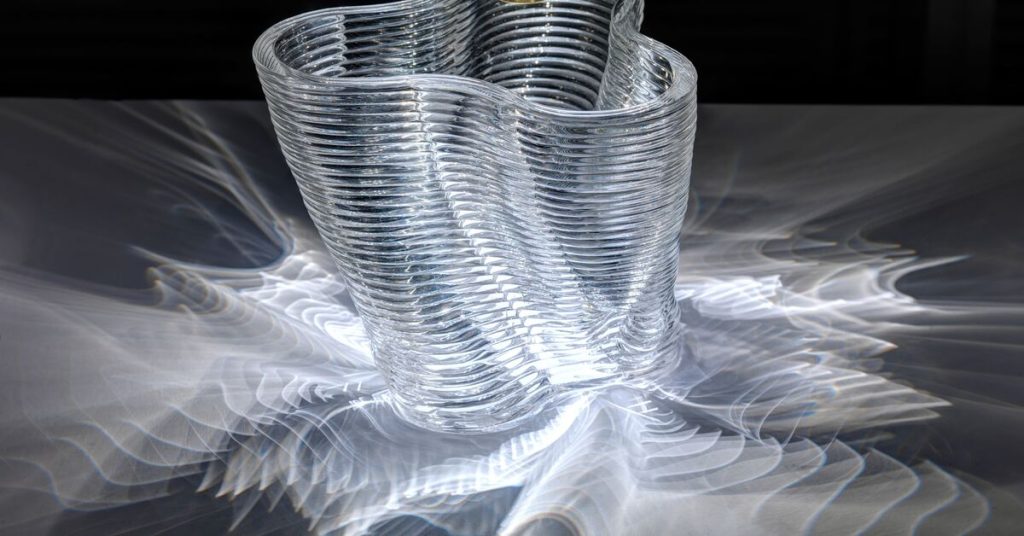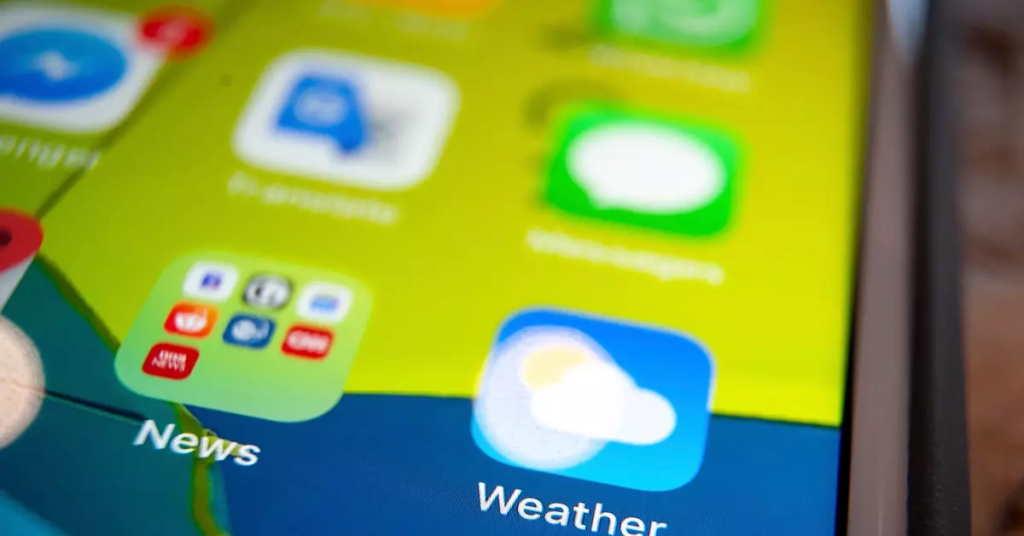One of the oldest arts in the world is glassmaking. Over 5,000 years ago, ancient Mesopotamians and Egyptians created glass glazes, and glassblowing emerged during the early Roman Empire.
Glass has been manufactured in factories since the middle of the 20th century by melting sand and floating sheets of it in vats of molten tin (or, you know, as a byproduct of testing atomic bombs in the desert).
Scientists want to produce glass using a more adaptable, contemporary technology called 3-D printing. A German research team on Wednesday proposed a new glassmaking technique based on "liquid glass" that can be 3-D printed into intricate shapes before being heated into a solid. According to Bastian Rapp, a principal investigator at the Karlsruhe Institute of Technology and one of the paper's authors, the method could speed up and lower the cost of producing intricate or complex glass pieces while making high-quality glass smooth enough to be used for lenses and mirrors.
Other organizations, such as Micron3DP, an Israeli company, and a team at MIT's Media Lab under the direction of Neri Oxman, have created 3-D printed glass. However, according to Michael Petch, editor in chief of the website 3D Printing Industry, Dr. Rapp's strategy is distinct. It is challenging to make a smooth, transparent object when the glass is extruded in layers, according to Mr. Petch. The other two methods entail melting and laying down material strands, much like how a glue gun works.
Stereolithography, a technique Dr. Rapp's team uses, involves shaping structures with UV light. They put a lot of glass nanoparticles into a substance known as a photocurable liquid, which hardens when exposed to UV light. Slice by slice, the mixture is exposed to UV light programmed to produce various shapes at each layer as it sits in a container. The exposed areas solidify. Glass nanoparticles are fused when the structure is heated in a high-temperature furnace, such as a ceramics kiln. This burns away any remaining liquid.
According to Dr. Rapp, this approach can be much simpler and orders of magnitude, less expensive than the current techniques. Large glass structures require time-consuming melting and casting procedures, and dangerous chemicals are used to etch fine features. This technique entails uploading your 3-D design, after which "the software takes care of the rest," he said.
According to Dr. Rapp, this technology has numerous potential uses, ranging from building skyscraper facades to producing tiny devices for chemistry research. The technology might one day be used to create components for light-based computing or smartphone camera lenses because the final products are transparent and reflective enough for optical applications.
People may be able to create their glass products at home. You might be able to 3-D print a replacement drinking glass in the future, suggested Dr. Rapp.
According to Dr. Oxman at MIT, the new study is "the most detailed demonstration of the stereolithography technology we have seen" with glass. Her team is aiming for large architectural scales, but Dr. Rapp's team has shown that the technology works at small scales, on the scale of centimeters, she claimed.
However, she concluded that "this work shows a step in the right direction."


